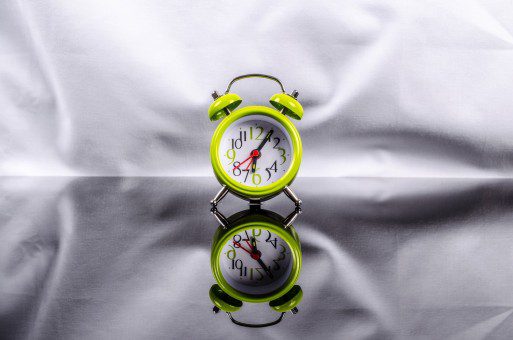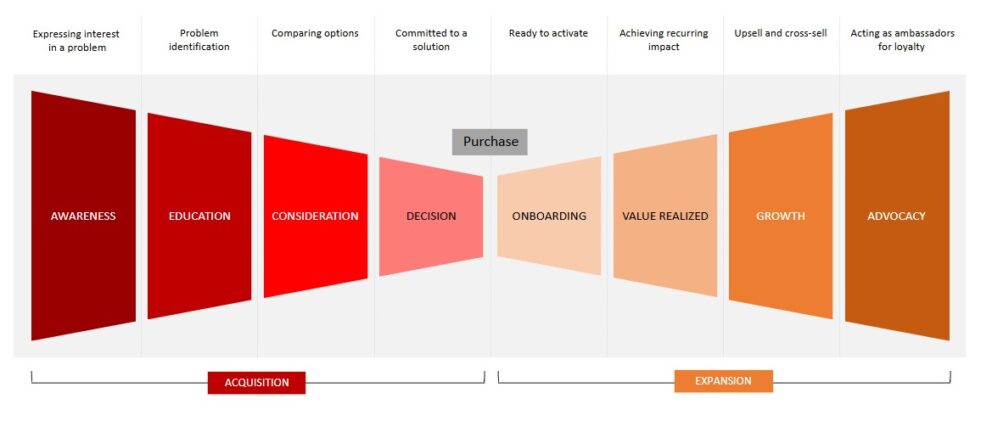Highlights & Takeaways to Build Better Routines

By Carly Bauer, Marketing Coordinator at Heinz Marketing
This past month, it was my turn to select and lead our team’s LinkedIn Learning Discussion session, something we rotate on a monthly basis. These discussions as a team are great opportunities for us to better educate ourselves in different areas of marketing, develop and create great conversations amongst team members and work better, together. So, I started to think about what would be a great topic to discuss, something we could all benefit from, not just in the workplace but apply to our personal lives as well. As I was scrolling through courses on LinkedIn Learning I came across one about building better routines.
This past year and a half has had an ongoing sense of change and uncertainty we are now all too familiar with. For myself, I became a first time mother and 5 months later got the job that would kick start my career in marketing. Two huge milestones with their own sets of challenges and rewards happening while we try to navigate life during a pandemic and all the unknowns that come with it.
Naturally I am a person who benefits from having some form of routine, a way to make sure all the crazy details of my life can fit into each day. The busier and more complex my schedule gets the more I rely on a routine to make sure it all gets done, and nothing gets forgotten. Easier said than done, I know. But as our lives change and take different shapes we have to adapt differently to how we go about day-to-day life. Having a routine has helped me take on and organize new responsibilities within my job and my life and I thought a course about bettering routines would be beneficial for us all.
In his short 40-minute audio course, Building Better Routines, Mike Vardy, a productivity expert, explains how to start simple with basic routines and build up to mode-based routines. He also goes over how to stack habits, create accountability, and troubleshoot why routines aren’t working. Here are some highlights from the training video, which I found very beneficial.
The Ingredients of Good Routines
Identifying routine tasks
First thing first is figuring out what tasks you can actually add to a routine. There are so many things we have to do and it’s tough to figure out what we could add to a routine. Some of the tasks we need or want to do are already written down and others are things we just keep in our head, and that’s part of the problem.
We need to find a way to put all of these tasks out on the table so we can evaluate them and identify which ones we can add to a routine and which one’s we can’t. Start by writing down a list of the daily tasks you do right now on a regular basis. These can range from the massive to the mundane. Next, write down on a separate list of any additional tasks you want to do more often that you’re not doing right now. Tasks you know you need or want to do but have not made the time for. Routines can help with this as long as you get those tasks out in front so you can see them and put them where they need to go. There may be duplicates between the two lists, like brushing your teeth. It’s something we should do twice a day but sometimes we don’t do it as often as we should. Make sure to highlight those duplicates. Lastly, rank these tasks in order of need and importance to give these tasks some form of priority. The most important tasks from both lists should be the ones you need to find room for in a routine first and foremost.
Filtering routine tasks
Now you need to figure out where to put those routines so they fit best in your life. Create blocks of time in your calendar or schedule to fit these routines in. For example, when I start work at 8am I take the first 30 mins to check important emails, messages and my calendar to create my to-do list for the day. These are the typical tasks I do, but I don’t put specific tasks inside this routine block. Having the block of time is the trigger to go and create a to-do list to be organized and ready for the rest of the day or determined timeframe. In the afternoon after my meetings are over I have a designated block of time to focus on project work. It is not set up for a specific project but for any project that needs designated focus time that day.
What routines need from you
In order for routines to be successful and work well for you, they need two things in return: time and space. Without time, routines will not be able to do their job. They need time to take hold, some will need more time than others. A good rule of thumb is to give a routine the same length of time a habit needs to become well-established, about 30 days.
When it comes to space, your routine needs to have room to breathe, so it can do what it needs to do. But don’t get confused with time in this area, either. The space on your calendar it takes for you to complete a routine is different from the amount of time you need to give a routine for it to become part of what you do. Give your routine 30-minutes of space to do what it needs to do. Which also means, creating routines that can comfortably fit into that 30-minute time slot. This timeframe is big enough for you to feel like it’s not taking up too much space but also not small enough you feel rushed to complete the routine.
Routine-Building Tactics
Begin tomorrow, tonight
As you go to bed thoughts of the day roll around in your head, along with what’s on your plate for tomorrow and the days after that. But it doesn’t have to be that way if you begin tomorrow, tonight. The key to doing that without having tomorrow weigh on your mind as you go to sleep is to begin the next day before closing out the current one.
- Review your to-do list. Make sure you’ve closed all the loops for the day and moved everything that needs to be moved into the future. If I have a project I didn’t finish up that day, I put it on my to-do list for the next day or next available day if it’s not time sensitive.
- Look at the big things you know you want to focus on the next day from your to-do list you just created and write them down. Pick 2-4 items, something attainable and can be accomplished within a day’s work. It’s best to do this and then place the paper upside down on your desk or workspace so you don’t see the items until you start your day the next morning.
- Write a journal entry. This may seem redundant but there is value in chronicling your thoughts and emotions on the day that’s coming to an end. This journal entry doesn’t have to be long just enough to help you relive the day.
If you want to free your mind before bed and get a jump start on what you really need and want to do the next day, then not only do you need to close out today right, but begin tomorrow as part of that daily wrap-up.
Stacking your habits
Once you have figured out the habits you want to make a part of your life, it’s time to start stacking them into a trusted routine. When you stack your habits as part of building and establishing healthy routines, you create a multiplying effect for those good habits to thrive alongside each other. From there, you build momentum and can move forward into the parts of your day that aren’t as routine with a sense of accomplishment and security. Here are three tips when stacking habits.
- Start small. Limit the amount of habits to stack to no more than three per routine. Once you have them well established you can add more from there.
- Keep it simple. Make each of these habits doable on a consistent basis. The simplest way to do this is to attach an increment of time to a task so you know how long you should spend doing something more complicated. This also ensures you can see it through to completion.
- Strive for stability. It is easier to stack habits and stick with them when they’re steady and stable. Focus on the things that don’t change is a great way to stack habits on top of one another so you can establish a routine.
Creating accountability
You can have all the intentions in the world to build and stick to your routines, but sometimes we need a little help. That help can come from setting something up in advance to help keep us on track or by recognizing when we falter that a little assistance can go a long way. Accountability provides you with a boost, a boost willpower can’t give you because it comes from an external source. Here are three ways you can create accountability for your routines.
- Electronic reminders. There are a wide variety of apps and devices out there that can help you stick to your routines. A simple calendar app can help remind you when to start a routine and then there are apps designed specifically to handle reminders to do it as well. Amazon’s Echo and Google Home can even send you vocal reminders for specific routines.
- An accountability buddy. Sometimes you can’t do it alone. Whether you decide to ask a friend, state your intentions to stick to a routine on social media, or use an online service that keeps you on track with your routine, having some form of accountability outside of yourself is important.
- Forced constraints. These can come in a variety of forms. There are digital tools that can limit what you can do and when you can do them on your devices and they can be useful if you’re trying to do something like avoid social media outside of a designated time of day. These constraints are good when you have built in focus times to get certain things done and can’t afford to have any distractions. Locations can be a forced constraint as well. You can craft your routines to be completed only when you’re in specific locations if that is what you need to make sure it gets done.
I hope these highlights about building better routines were helpful and gave you insight on how to start or improve the routines in your day-to-day lives. Make sure to check out the whole video on LinkedIn Learning. Mike Vardy also recommended a few additional resources he found helpful related to building and establishing routines. The My Morning Routine website is a great place to get inspiration and tactics to build better morning routines. The book “Daily Rituals: How Artists Work” by Mason Currey is a great tool to see what artists did and how you can incorporate some of their daily rituals into your life.






